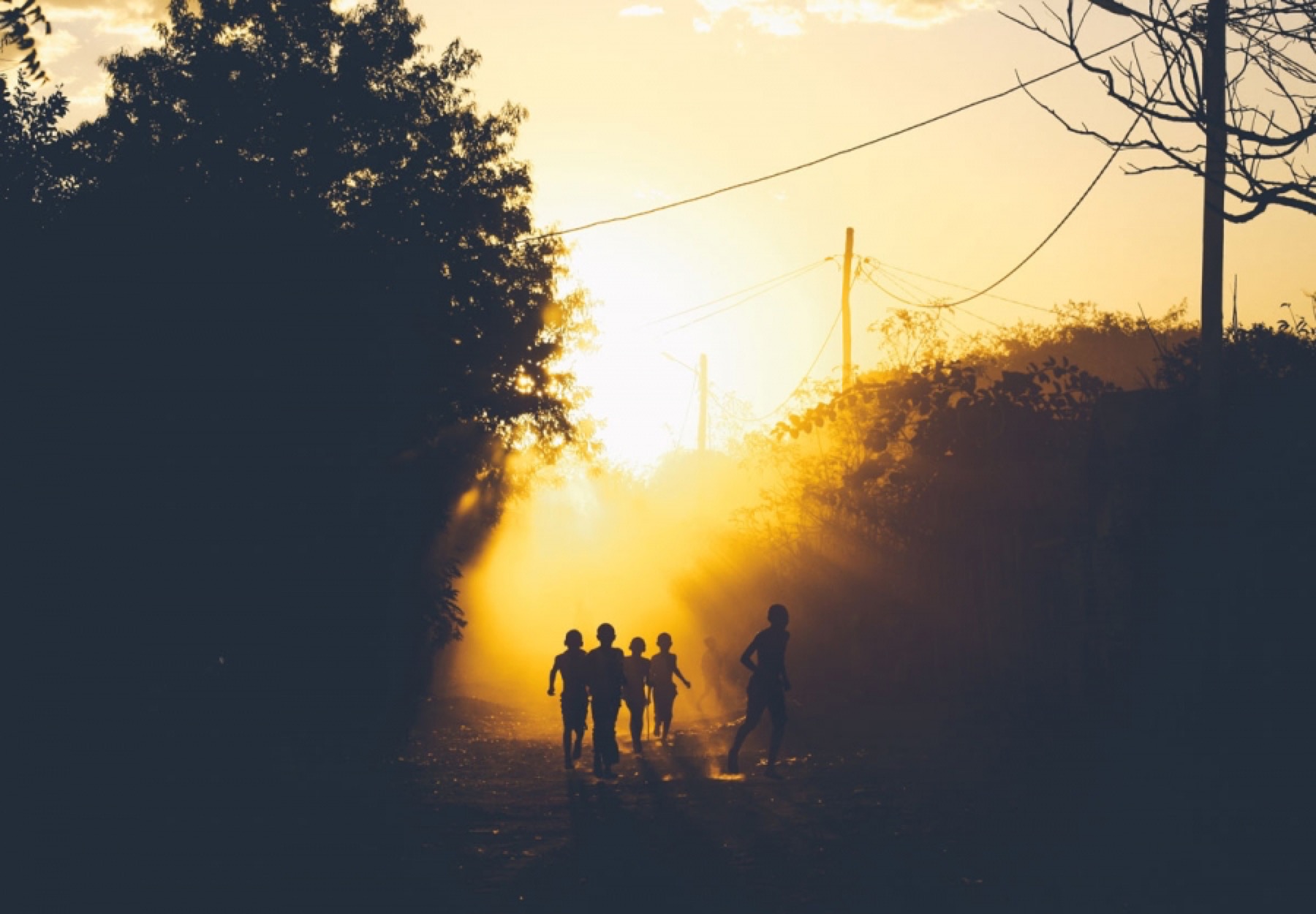
Photo by Ban Yido on Unsplash
FIRST PEOPLE
By Meghan Tear Plummer
Mzansi South
Summers growing up, my mother would take my brother and me to visit our family in her hometown of Hominy, Oklahoma, for the Fourth of July. Our half-brother, Christian, our mother’s first son, belongs to the Osage tribe, and every year we watched him at the Osage dances. He wore feathers and belts he’d beaded himself and bright calico shirts our mother had sewn for him.
“When can I dance?” I asked my mother. I must have been seven or eight.
“You can’t dance here,” my mother said. “You’re not Osage.”
“But Christian is,” I said. “He’d let me.”
“It’s not up to him,” my mother said.
“But I can do the steps,” I pleaded. I knew where a red shawl and a white one hung in my grandmother’s house, and I had a pair of moccasins I’d sewn myself from a toy-store kit.
“You can dance at a powwow,” my mother told me, and then explained that only at powwows could anyone of any tribe—or none—dance.
I never did get to dance, of course, and I came to understand that even watching the Osage dances was a privilege in the truest sense of the word: I didn’t do anything to earn that access. Being there was also my most consistent experience being in a minority before moving to Johannesburg. That wasn’t the case for my husband, who is a white South African of English descent, a group that makes up only three percent of South Africa’s population.
I recently asked him if his minority status fits into his identity as a South African, thinking I could learn something from him; my own experience was so limited. He told me that until I’d asked him that question, he’d never thought of himself as a minority.
“Not even at your school?” I asked. Luke teaches high school English on a campus where he is one of five white faculty. None of his students are white, and English is not their first language.
“I’m aware that I’m white,” he said. “But I don’t think of myself as a minority.”
I thought of Hominy and how, if Luke had asked me how I felt being a minority there, I would never have thought to reply, “I don’t think of myself that way.” I would have felt more comfortable painting a portrait of myself as a friend of the Osage, a respecter of native culture—in other words, something ethnocentric and condescending. I thought of the “ethnic tourists” I liked to make fun of in the States, people who might claim a fraction of Native American ethnicity but were in no way associated with the tribe. In the face of Luke’s uncomplicated rejection of the word “minority,” I felt as ignorant as I considered those ethnic tourists to be.
This year, Luke planned his school’s first SleepOut. In South Africa, the CEO SleepOut and the School SleepOut take place every July 18, Nelson Mandela’s birthday—which happens to be the middle of winter here. The SleepOut began as a way for CEOs to experience what it’s like to have less, or nothing, and today schools have their own version where they spend the night outside at their campus. (Unlike the CEOs, though, students can stay as near to a fire for as long as they like, and they’re allowed tents or whatever shelter they choose to bring.)
Future Nation Schools have campuses outside of Soweto, Johannesburg’s largest township, and in Lyndhurst, where Luke teaches. When I arrived, about thirty students—ages six to fifteen—were heavily bundled against the cold and standing on a low, concrete stage built into the side of a small hill in the middle of the playground. They sang happy birthday to Madiba twice before the cameraman was satisfied with their volume.
After they’d finished, they were sent to a pile of cardboard from which they could choose one piece to make their shelter for the night. I thought there would be arguing over who got the largest, but there wasn’t. Instead, they shared their pieces to build structures large enough for three and five of them at a time. These groups later gave presentations on what it means to be a great generation; the six year olds spoke of the importance of respecting one’s elders, and the eldest group of boys, pointing to the six year olds, spoke of the importance of supporting the youngest in their community.
I listened to the students speaking in Zulu, playing African artists on their phones. They are descendants of their country’s first people, and even after colonization, they make up eighty-nine percent of South Africa’s population. I tried to imagine a school—a country—full of the descendants of the first people of my country. And I couldn’t. Indians make up two percent of the U.S.’s population. At the Osage dances in Hominy, surrounded by Osage, I had mistaken that for many, for as many as there always had been.
“Mzansi South” is a part of our weekly story series, The By and By.
Enjoy this story? Subscribe to the Oxford American.


